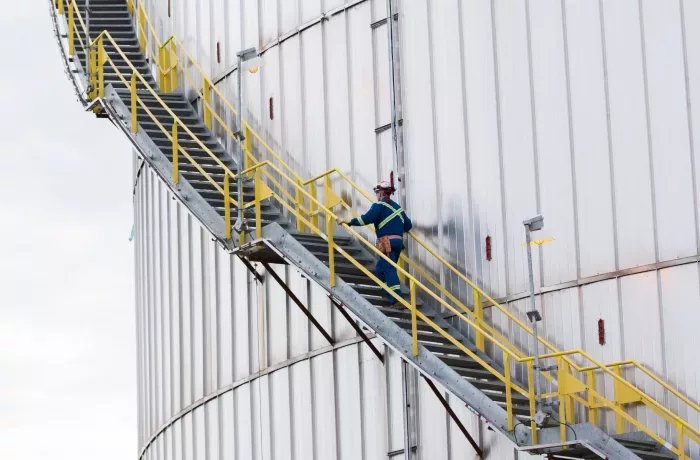
Pathways Alliance
About us
Pathways Alliance represents six of Canada’s largest oil sands producers. Its members are Canadian Natural, Cenovus, ConocoPhillips Canada, Imperial, MEG Energy and Suncor.
The oil sands industry is a key economic driver for Alberta and Canada, contributing billions to the economy annually. Our country has long benefitted from a strong energy sector that supports Canada’s high standard of living by creating thousands of jobs and generating significant revenue to governments that helps fund essential services, including health care, education and roads.
To ensure our industry is able to continue providing these benefits for decades to come, we’re also focused on advancing environmental innovation and projects, including carbon capture and storage.
As part of this work, Pathways Alliance members have proposed a carbon capture and storage network and pipeline that, when operational, would have the capacity to transport captured CO2 from multiple oil sands facilities to a hub in the Cold Lake area of Alberta for permanent underground storage. Once it’s operating, the CO2 transportation network and storage hub could be made available to other oil producers and industries in the region seeking CO2 emissions sequestration. We’re working with governments to obtain sufficient levels of fiscal support and required regulatory approvals that will be necessary to make this project a reality.
In 2022, Canada’s Oil Sands Innovation Alliance (COSIA) became part of Pathways Alliance. Formed in 2012, COSIA is focused on collaborative action and innovation in oil sands environmental technology, under four key environmental priority areas: tailings, water, land and greenhouse gases.

Importance of Canada’s oil sands
The oil sands are essential to Canadian energy production. Today, thanks to innovation and persistence, the oil sands are a secure source of energy for the world, and a major economic driver for Canada and Alberta.
1 Statistics Canada.
2 Energy Fact Book 2024–2025, National Resources Canada, 2024.